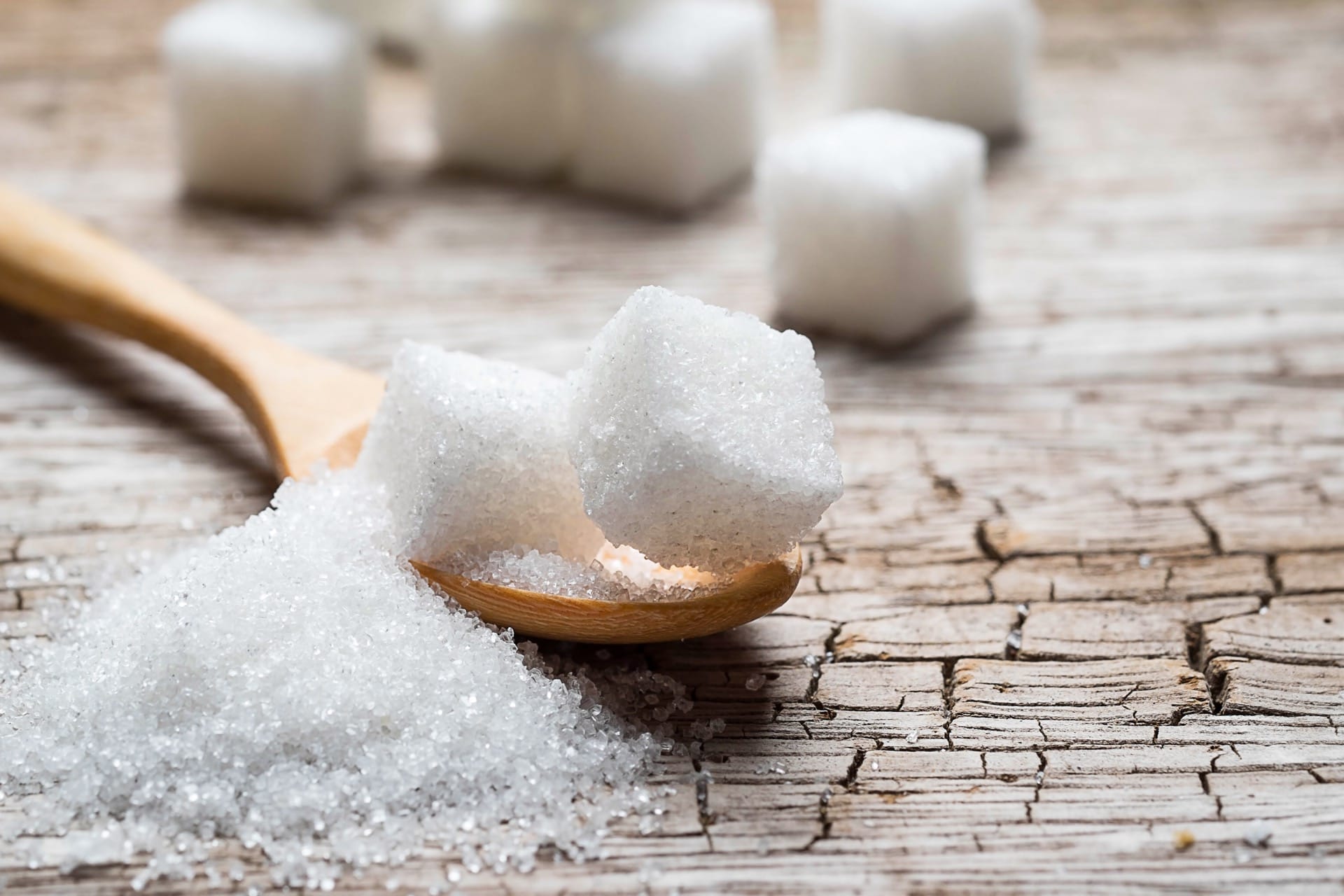Sugar is good… sugar is bad. Sugar is an essential part of a balanced diet… sugar should avoided whenever possible. Just what is going on with these messages about sugar? Read on and find out as we put 4 myths under the microscope to find out if the proof really is in the pudding!
Sugar is toxic and needs to be avoided.
Sugar is just a form of carbohydrate, and like other carbohydrate foods, is broken down to glucose to provide your body with energy. However unlike many other carbohydrate foods, such as wholegrains, legumes, fruit and starchy vegetables, sugar provides energy but no other nutrients. For this reason, it makes sense for most people to minimise their intake of added sugars, particularly as part of foods with little other nutritional value, such as lollies, soft drinks and cordials. But sugar isn’t ‘toxic’ and small amounts as part of a healthy diet is unlikely to do any harm.
Low fat foods are higher in sugar so should be avoided.
While this is the case for many low fat foods (such as cakes, biscuits, yoghurts and ice-creams) it isn’t always correct. Unsweetened foods, particularly dairy foods like plain milk and yoghurt, don’t contain any added sugars. The sugars they contain are the natural milk sugars and they simply have the fat removed. This means they are lower in energy (kilojoules) and fat, and can still be a good choice, particularly for those who are watching their weight.
Fruit needs to be avoided as it is too high in sugar.
The natural sugars in fruit come along with important vitamins, minerals and fibre. Most fruits also have a lower glycemic index (GI) which means they’re more slowly digested and don’t raise blood glucose levels to the same extent as other forms of sugar. There’s no need to avoid the sugars in whole fruit and in fact many studies show the health benefits of eating more fruit.
Foods with a high amount of sugar according to the nutrition information panel (NIP) should be avoided.
This can be confusing, as the sugar content on a food label doesn’t refer just to the amount of added sugar in a food, but the total amount of sugar which includes both added and naturally occurring sugars. So dairy foods like milk and yoghurt, and foods containing fruit or dried fruit may appear to be high in sugar, but this is from their natural sugars rather than added sugar. However if a food is high in sugar and doesn’t contain fruit or dairy, then it is probably best avoided. The ingredient list, rather than the NIP, can tell you the source of the sugars.


